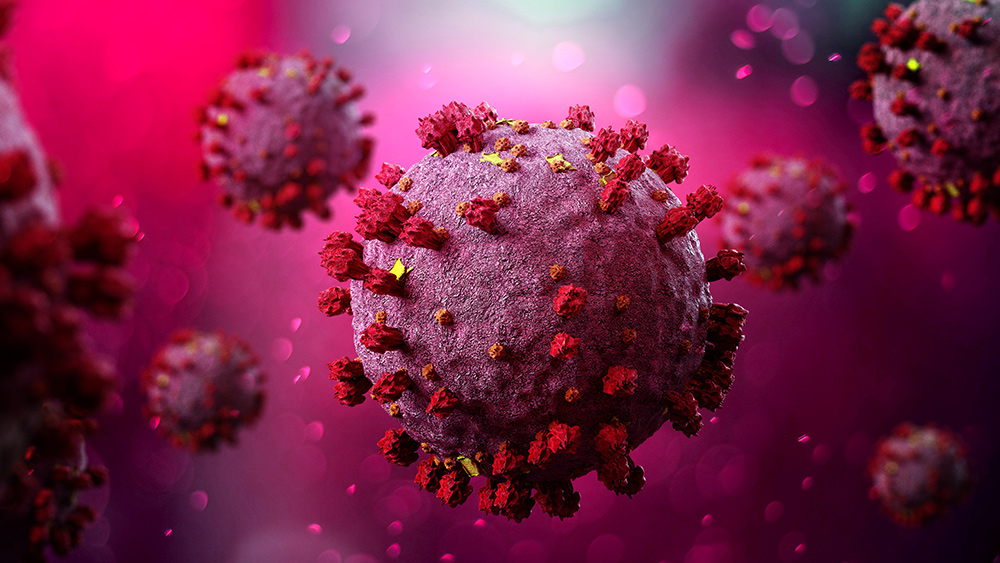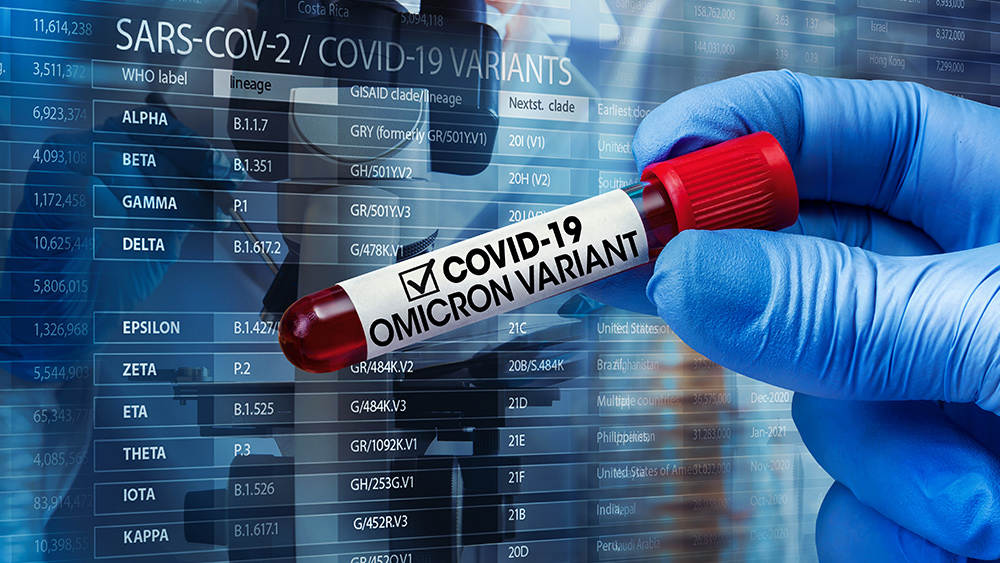New blood filtering system claims to use magnetic nanoparticles to remove pathogens
04/29/2021 / By Virgilio Marin

Researchers designed a new blood filtration system that uses magnetic nanoparticles to remove pathogens and cancer cells from the blood. Called MediSieve, the system works by connecting a patient to the same machine used for hemodialysis. As blood passes through the machine, magnetic particles selectively bind to harmful molecules present in the blood.
The researchers are currently testing the technology on malaria, a life-threatening disease caused by a parasite. But the technology can also be used to treat other conditions, such as sepsis, leukemia, drug overdose and COVID-19.
“In theory, you can go after almost anything. Poisons, pathogens, viruses, bacteria, anything that we can specifically bind to we can remove. So, it’s a very powerful potential tool,” said George Frodsham, a British engineer and the CEO of MediSieve, the company he founded in London to develop and market the technology.
How the new blood filtration system works
Frodsham developed the technology while studying how magnetized nanoparticles could bind to cells to make them detectable during imaging. He realized that if these magnetic nanoparticles could be used for that purpose, they could also draw cells from the blood.
Together with his colleagues, he created a blood filtration system that works just like hemodialysis, a procedure used to clean the blood. As blood exits a patient’s body, magnetic particles are infused into the circuit. The particles have antibodies and other binding molecules on their surface so that they attach only to specific targets.

A magnetic filter then captures the particles along with the target molecules. Meanwhile, other components of the blood, such as healthy blood cells, flow freely through the filter and back into the patient. During the two- to four-hour procedure, the magnetic particles stay outside of the patient’s body. (Related: Magnetic nanoparticles seen as effective material for stopping internal bleeding.)
The patient’s blood is processed several times to ensure higher levels of capture. Though the procedure does not remove all the target molecules, it reduces them to very low concentrations so that the immune system can take care of the rest.
“We can never get to 100 percent with something like this,” Frodsham said. “You can get to 99 percent so you can rely on the body to mop up the rest, or you will be looking to use alongside drug therapy.”
Filtering the blood to treat malaria and the coronavirus
Frodsham and his team are currently focused on using MediSieve to treat malaria. The engineer said that malaria treatment is their flagship product because the technology is well-suited to treating the disease.
He explained that malaria parasites invade red blood cells and consume hemoglobin, leaving iron-based waste products that they also consume. Therefore, malaria parasites naturally become magnetic, which means that magnetic nanoparticles are not needed to capture the parasites during the filtration stage.
“So effectively, malaria parasites’ poop is magnetic, and then it eats its poop,” Frodsham said. He noted that being able to rapidly remove infected red blood cells from the blood would significantly increase a patient’s chances of survival.
Besides malaria, the researchers also plan to use the technology to treat sepsis, leukemia and COVID-19, among others. Dr. Cristina Blanco-Andujar, the company’s Chief Technology Officer, said last year that they pivoted their research toward COVID-19 after recognizing similarities between their sepsis research and studies on severe coronavirus cases.
“We were reading studies that said patients with the most serious forms of the virus and those that had sadly died, had high levels of IL- 6 [interleukin 6], a common inflammatory cytokine which we’ve encountered in the past in our research into treating sepsis,” she said.
Medications that suppress the immune system could be used to control IL-6 levels. But taking these medications would keep a patient immunosuppressed while fighting an infection, which isn’t ideal, according to Blanco-Andujar.
“Finding a way to effectively and rapidly target and remove this pathogen could be extremely beneficial in treatment,” Blanco-Andujar said.
Nanotechnology.news has for more on innovative disease treatments that use nanoparticles.
Sources include:
Tagged Under: blood filtration, covid-19, disease treatments, future science, innovation, leukemia, magnetic nanoparticles, Malaria, medical tech, nanoparticles, research, science and technology, sepsis





















